When it comes to flooring, tiles have been a popular choice for both residential and commercial spaces, offering durability, versatility, and aesthetic appeal. However, there are different types of tiles available, and two of the most commonly used are porcelain and ceramic. Understanding the differences between these two options is crucial when making the right choice for your needs. In this article, we will explore the characteristics, pros, and cons of porcelain and ceramic tiles to help you make an informed decision. 1. Composition and Manufacturing Process: Porcelain tiles are made from a refined clay mixture fired at a higher temperature than ceramic tiles. This high-temperature firing makes them denser and less porous, with a water absorption rate of less than 0.5%. Ceramic tiles, on the other hand, are made from a mixture of clay, minerals, and water, which is then fired at a lower temperature.
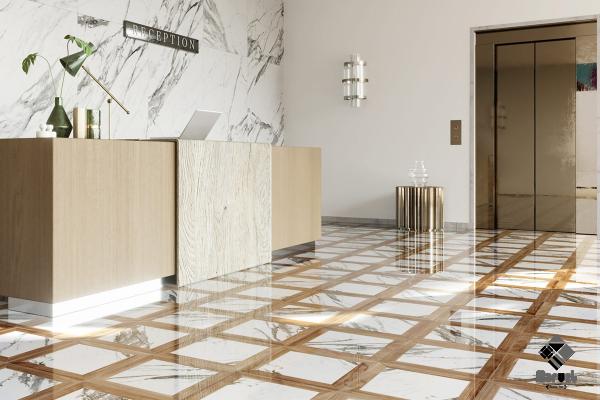
.
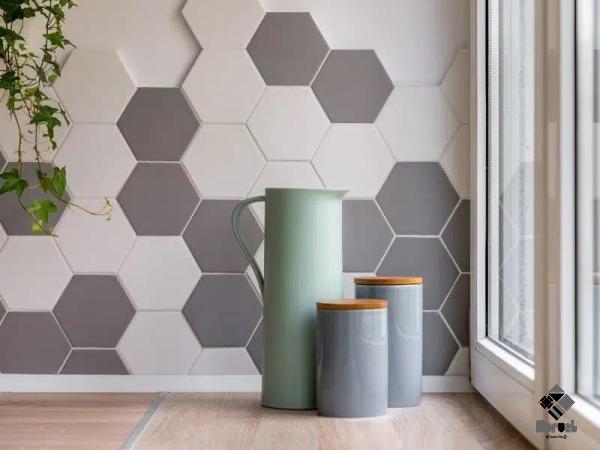 2. Durability and Resistance: Porcelain tiles are widely regarded as the most durable option due to their high-density composition. They are less prone to cracks, chips, and scratches, making them ideal for high-traffic areas. Additionally, porcelain tiles are highly resistant to stains, moisture, and impact. Ceramic tiles, while still durable, are slightly less robust than porcelain and may be more susceptible to damage. 3. Water Absorption and Porosity: As mentioned earlier, porcelain tiles have an extremely low water absorption rate, making them ideal for areas constantly exposed to moisture, such as bathrooms, kitchens, and outdoor spaces. Ceramic tiles have a higher water absorption rate, typically between 1% to 3%.
2. Durability and Resistance: Porcelain tiles are widely regarded as the most durable option due to their high-density composition. They are less prone to cracks, chips, and scratches, making them ideal for high-traffic areas. Additionally, porcelain tiles are highly resistant to stains, moisture, and impact. Ceramic tiles, while still durable, are slightly less robust than porcelain and may be more susceptible to damage. 3. Water Absorption and Porosity: As mentioned earlier, porcelain tiles have an extremely low water absorption rate, making them ideal for areas constantly exposed to moisture, such as bathrooms, kitchens, and outdoor spaces. Ceramic tiles have a higher water absorption rate, typically between 1% to 3%.
..
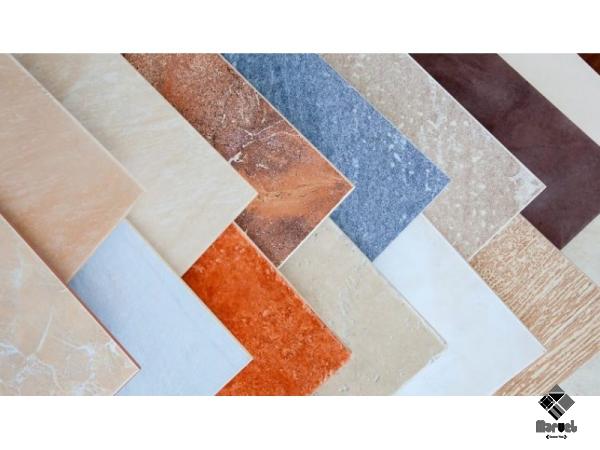 This makes them suitable for indoor spaces that are less prone to water exposure. 4. Design and Style: Both porcelain and ceramic tiles offer a wide range of design options and can emulate the look of natural stone, wood, or concrete. However, porcelain tiles tend to have a greater variety of finishes, including glazed, polished, unglazed, and textured, allowing for more customization and versatility. Ceramic tiles also offer various designs but may have more limited options in terms of finishes. 5. Installation and Maintenance: Both porcelain and ceramic tiles require professional installation to ensure proper alignment and longevity. However, due to their density, porcelain tiles can be more challenging to cut and install, often requiring specialized tools and skills.
This makes them suitable for indoor spaces that are less prone to water exposure. 4. Design and Style: Both porcelain and ceramic tiles offer a wide range of design options and can emulate the look of natural stone, wood, or concrete. However, porcelain tiles tend to have a greater variety of finishes, including glazed, polished, unglazed, and textured, allowing for more customization and versatility. Ceramic tiles also offer various designs but may have more limited options in terms of finishes. 5. Installation and Maintenance: Both porcelain and ceramic tiles require professional installation to ensure proper alignment and longevity. However, due to their density, porcelain tiles can be more challenging to cut and install, often requiring specialized tools and skills.
…
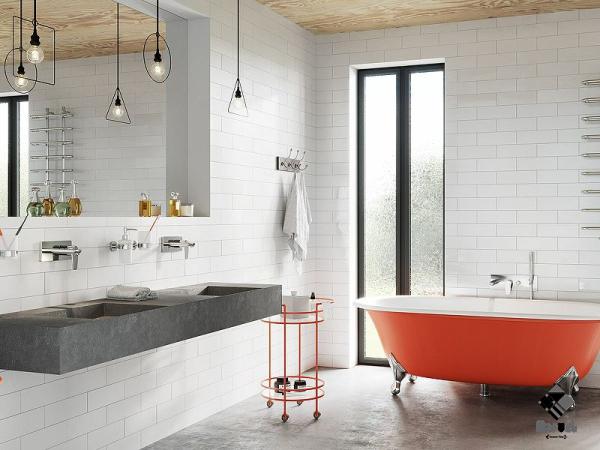 When it comes to maintenance, both tile types are relatively easy to clean, but porcelain tiles have a slight advantage due to their low porosity, as they are less likely to retain dirt and stains. Conclusion: Choosing between porcelain and ceramic tiles ultimately depends on your specific needs and budget. Porcelain tiles offer superior durability, water resistance, and a wider range of design options, making them a suitable choice for high-traffic areas and spaces prone to moisture. Ceramic tiles, while slightly less durable, are still a durable and affordable option for less demanding areas. Whether you opt for porcelain or ceramic, both types of tiles can enhance the aesthetic appeal and functionality of your space for years to come.
When it comes to maintenance, both tile types are relatively easy to clean, but porcelain tiles have a slight advantage due to their low porosity, as they are less likely to retain dirt and stains. Conclusion: Choosing between porcelain and ceramic tiles ultimately depends on your specific needs and budget. Porcelain tiles offer superior durability, water resistance, and a wider range of design options, making them a suitable choice for high-traffic areas and spaces prone to moisture. Ceramic tiles, while slightly less durable, are still a durable and affordable option for less demanding areas. Whether you opt for porcelain or ceramic, both types of tiles can enhance the aesthetic appeal and functionality of your space for years to come.

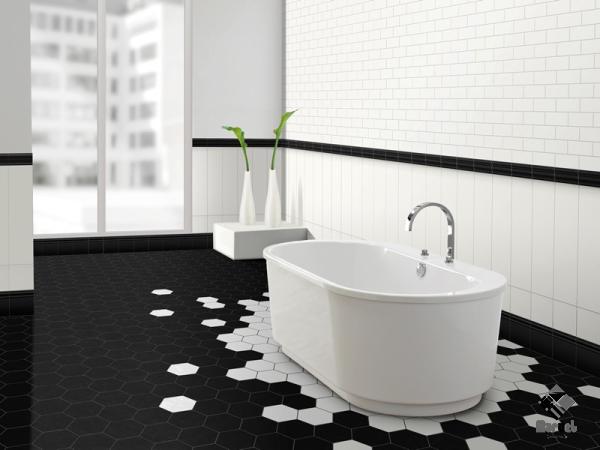
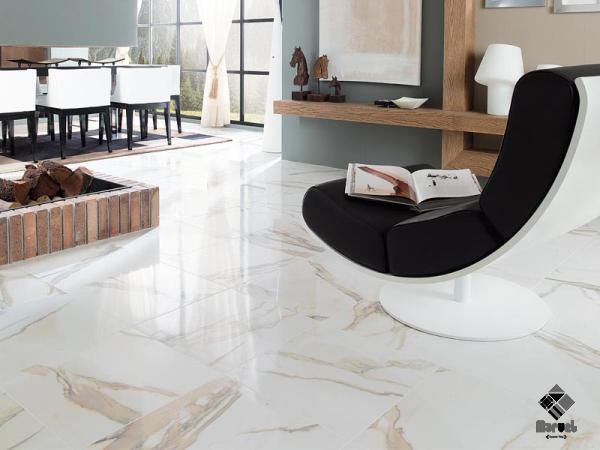
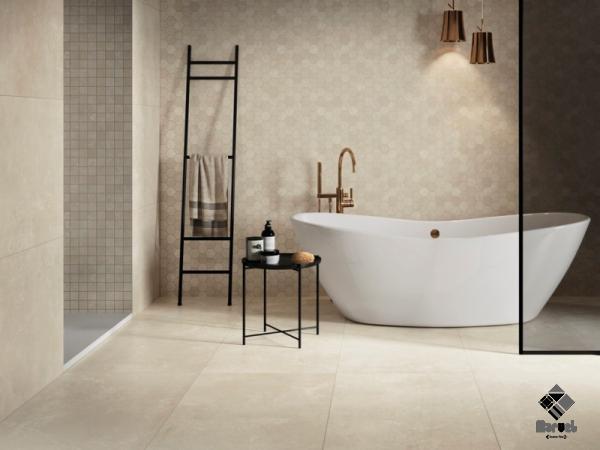
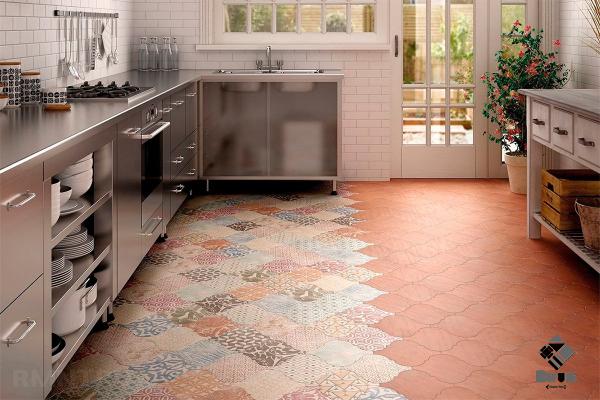
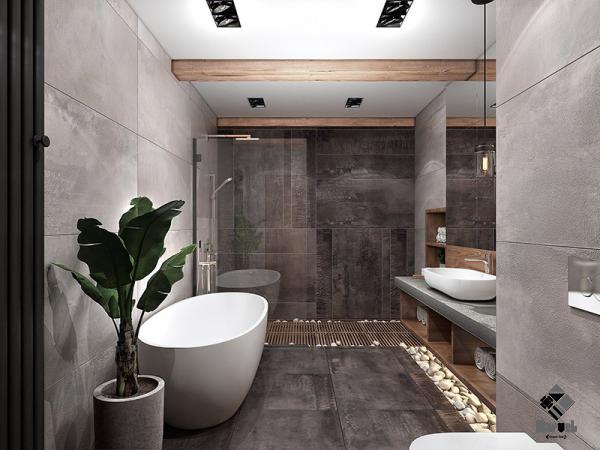
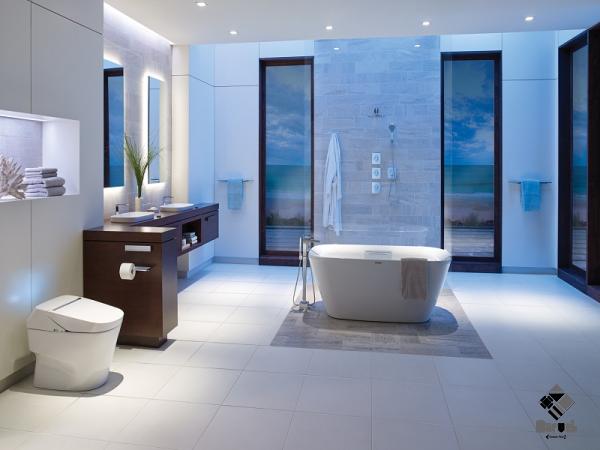
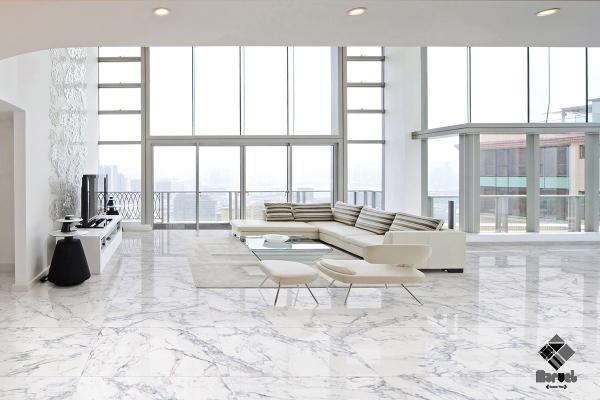
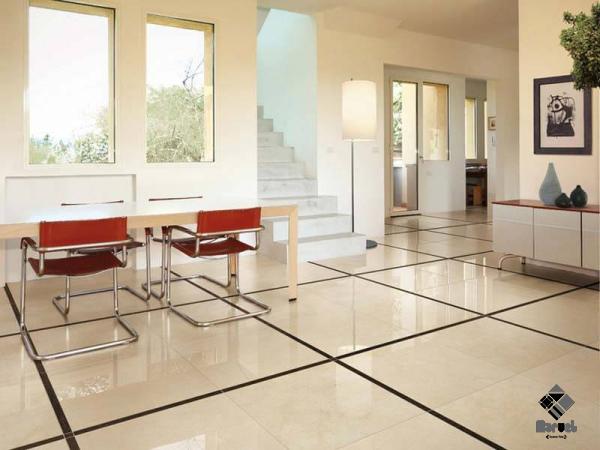
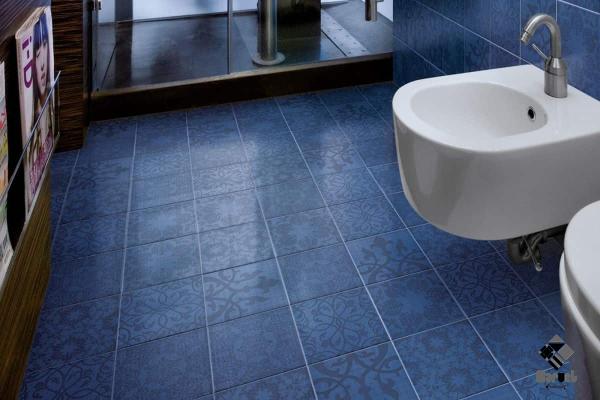
Your comment submitted.